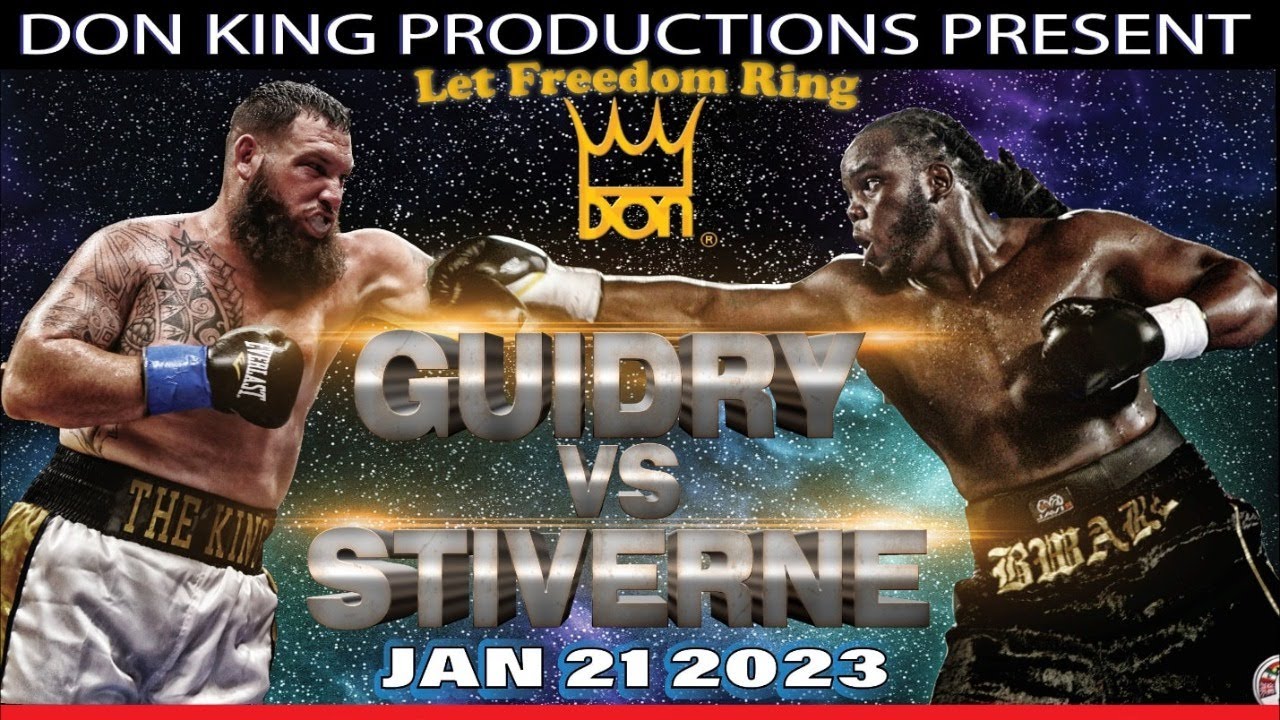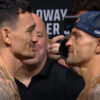
The recent buzz around fight cards boasting multiple high-stakes matchups has ignited a debate: are we entering a new era of stacked boxing events, or are we simply rediscovering a lost art? For seasoned aficionados, the answer often points to the latter, recalling a time when legendary promoter Don King consistently delivered fight nights so rich in talent that even the “supporting” bouts could headline their own shows. In an era often criticized for its scarcity of truly competitive matchups, King’s approach to card construction stands as a masterclass in fan value, proving that the deepest well of boxing talent often lay just beneath the surface of the marquee fight.
The Architect of Ambition: Why King Stacked the Deck
Don King, a figure as polarizing as he was visionary, understood a fundamental truth about boxing spectatorship: quantity, when paired with quality, breeds unparalleled excitement. Unlike today, where securing a single compelling main event can be a logistical nightmare, King had a formidable stable of world champions and top contenders under his banner. This extensive roster wasn`t merely a collection of fighters; it was a strategic asset, allowing him to weave together cards that were not just events, but veritable boxing festivals. For fans, this meant an entire day, or night, of non-stop, high-stakes action – a proposition that transcended the simple notion of a pay-per-view offering. It was a commitment to the sport, from the first bell to the last.
“Revenge: The Rematches” – A Quadrilogy of Conflict (May 1994)
Perhaps no event better encapsulates King`s genius than “Revenge: The Rematches,” staged at the MGM Grand in Las Vegas in May 1994. This card was a monumental undertaking, featuring an astonishing four world-title sequels, with a fifth standalone title fight thrown in for good measure. While the main event—Julio Cesar Chavez`s controversial technical decision win over Frankie Randall—left some feeling underserved, the undercard delivered in spades.
Consider the electrifying rematch between Gerald McClellan and Julian Jackson for the WBC middleweight title. Their first encounter was a brutal, back-and-forth war. The second? A breathtaking 83-second demolition by McClellan, a performance so dominant it sent shockwaves through the division. No one watching could have foreseen the tragic turn his career would take mere months later, but on that night, McClellan was simply sensational. Elsewhere, Simon Brown and Terry Norris squared off again for the WBC super-welterweight title, with Norris demonstrating intelligent boxing to avenge his prior knockout loss. Azumah Nelson and Jesse James Leija also ran back their super-featherweight title draw, with Leija delivering the performance of his life to capture the belt. Even Ricardo “Finito” Lopez, the seemingly invincible minimumweight champion, graced the card, defending his title against an equally unbeaten Kermin Guardia. This was not just boxing; it was a cascade of compelling narratives.

When the Main Event Faltered, the Undercard Shone (August 1997)
Sometimes, King`s elaborate plans hit unforeseen snags. Such was the case in August 1997 at Madison Square Garden. What was slated to be a Fight of the Year contender between Felix “Tito” Trinidad and Terry Norris dissolved due to legal wrangling, and its replacement opponent also withdrew. Trinidad ultimately faced a late-replacement challenger in a mismatch that ended in the first round. Yet, King`s deep bench proved its worth, preventing the entire evening from becoming a bust.
The undercard was a treasure trove of upsets and hard-fought battles. Julio Cesar Green stunned defending WBA middleweight champion William Joppy, securing a unanimous decision in a bout where both fighters tasted the canvas. The drama extended to the women`s division, with Christy Martin battling “Raging Beauty” Isra Girgrah in a memorable, crowd-pleasing war that left Martin bruised but victorious. Wilfredo Vazquez defended his WBA featherweight title, and “Finito” Lopez added another knockout to his impeccable record. It was a testament to King`s philosophy: if one pillar of the card weakened, several others stood ready to bear the weight.
The September 1994 Spectacle: A Fistic Cornucopia
Another gem from King`s collection was the September 1994 card, headlined by the rematch between Julio Cesar Chavez and Meldrick Taylor. Four world title fights preceded the main event, each contributing to an unforgettable night. The consensus “Fight of the Night” was the brutal WBC super-featherweight title clash between Gabriel Ruelas and Jesse James Leija. Ruelas, fighting with “furious intent,” as one ringside observer noted, dropped Leija early but was himself floored later, resulting in a back-and-forth slugfest that captivated the audience from start to finish.
Elsewhere on the card, Felix Trinidad faced Yory Boy Campas for a welterweight title, rising from a knockdown to secure a dramatic fourth-round stoppage. Frankie Randall, fresh off his controversial rematch with Chavez, successfully defended his super-lightweight title, and “Finito” Lopez continued his reign of dominance. Even seasoned boxing figures like promoter Mickey Duff were placing bets on the undercard, albeit sometimes with mixed results – a quick, brutal knockout in the Pettway-Rosi rematch highlighted the unpredictable nature of these stacked events.

A Legacy of Engagement: The Enduring Lesson
Don King`s penchant for layering multiple high-quality bouts onto a single card wasn`t just a quirk of his promotional style; it was a strategic masterstroke that guaranteed sustained fan engagement and exceptional value. These were not mere filler fights; they were often world championships, pivotal rematches, or showcases for rising stars. In an age where boxing promoters often struggle to put together even two compelling fights on a single bill, King`s 1990s offerings serve as a potent reminder of what`s possible when a deep roster and a commitment to competitive matchmaking converge. The idea that stacked cards are “nothing new” isn`t a criticism; it`s an acknowledgment of a golden standard, a blueprint that, when followed, delivers truly unforgettable nights for boxing fans worldwide.








